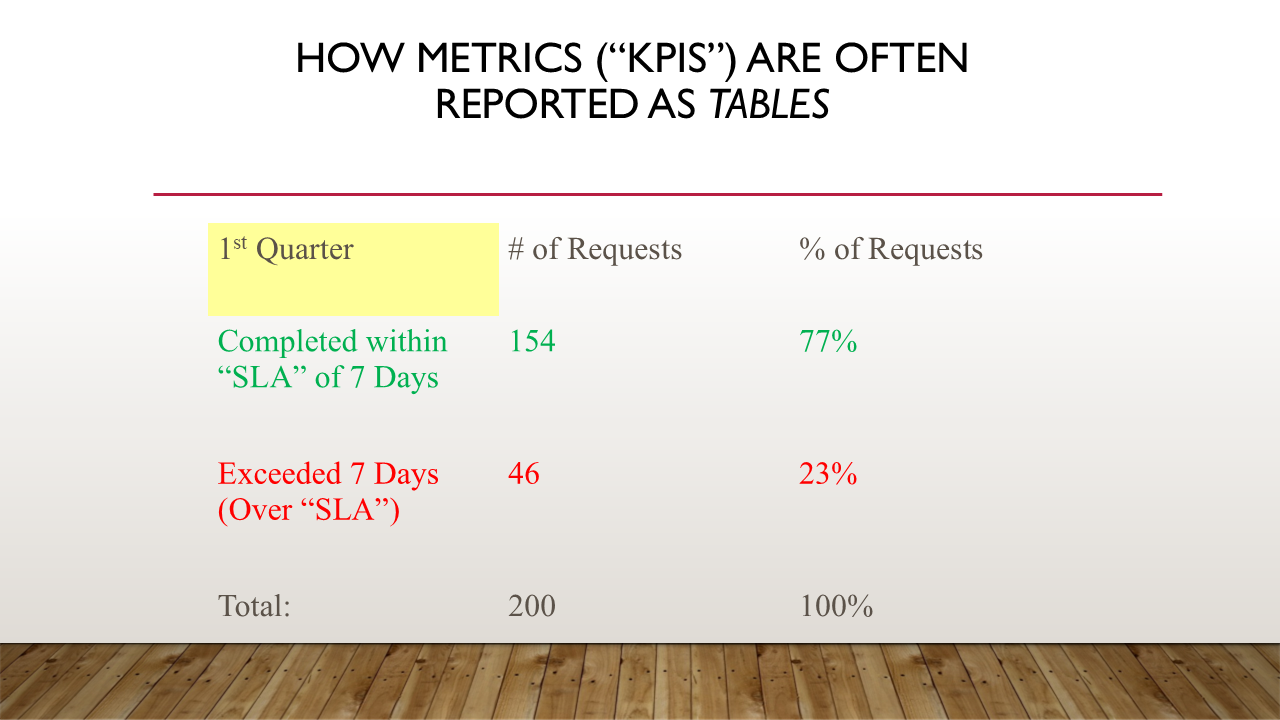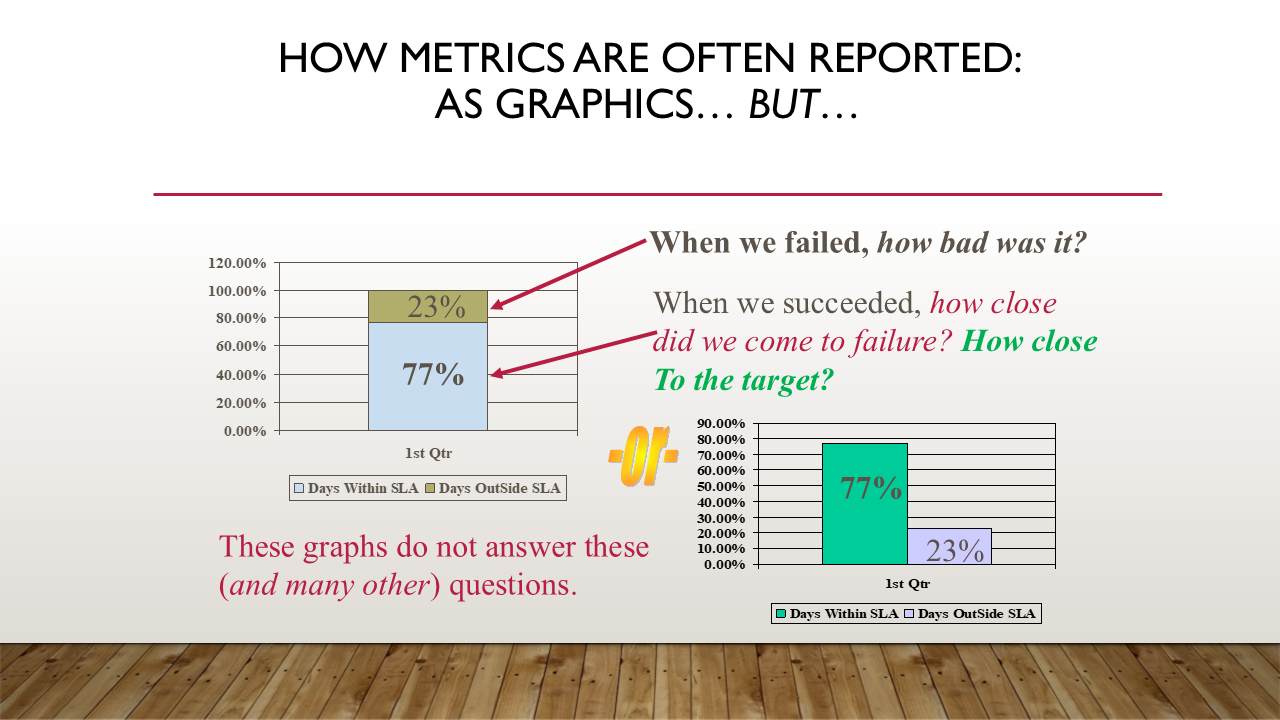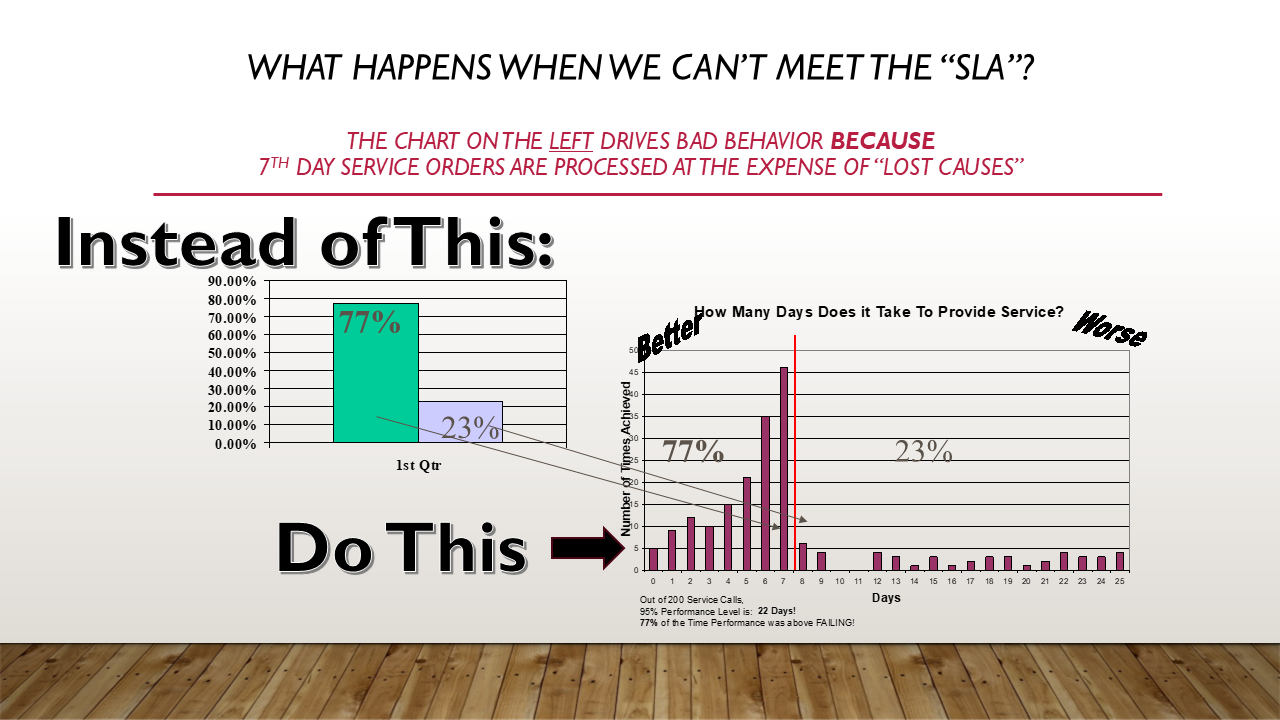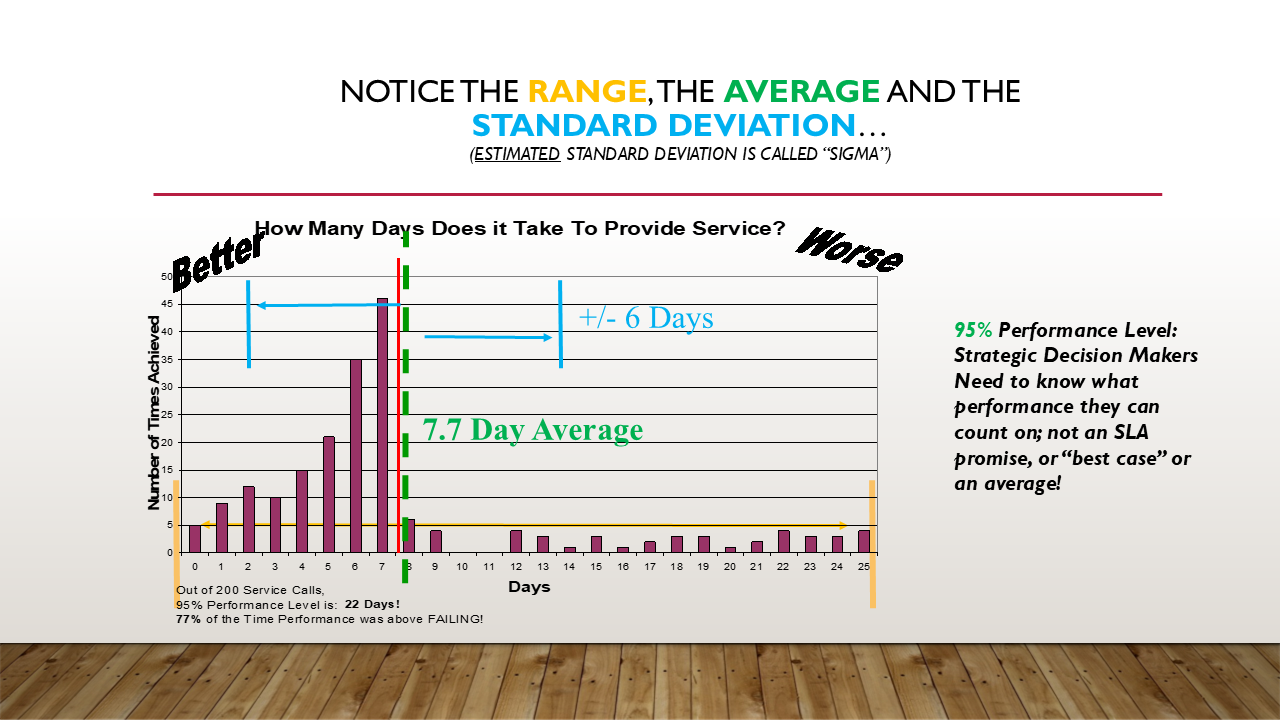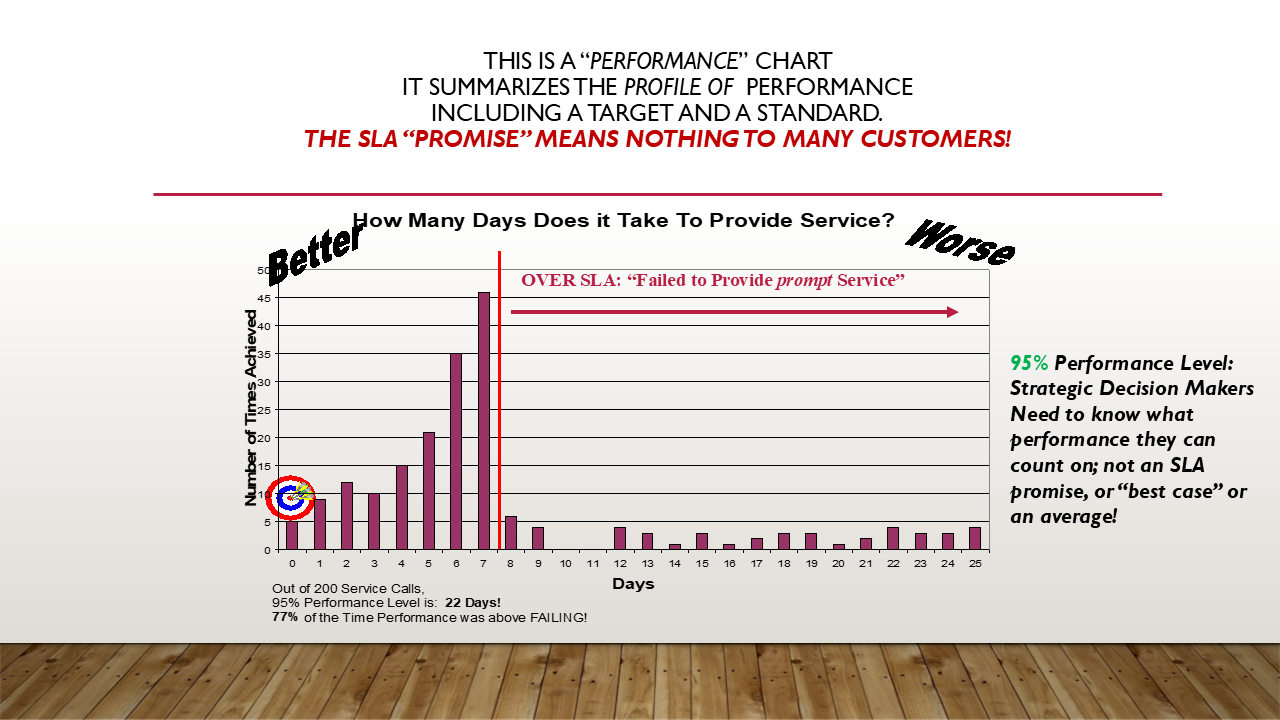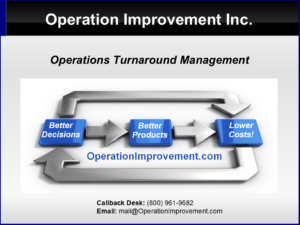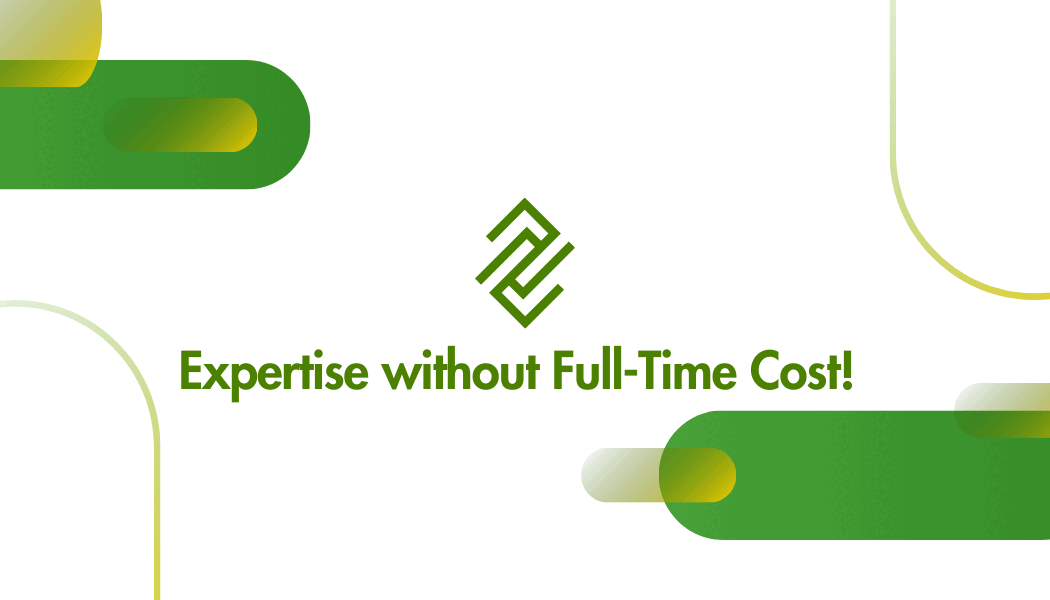Archive
Software as a Service
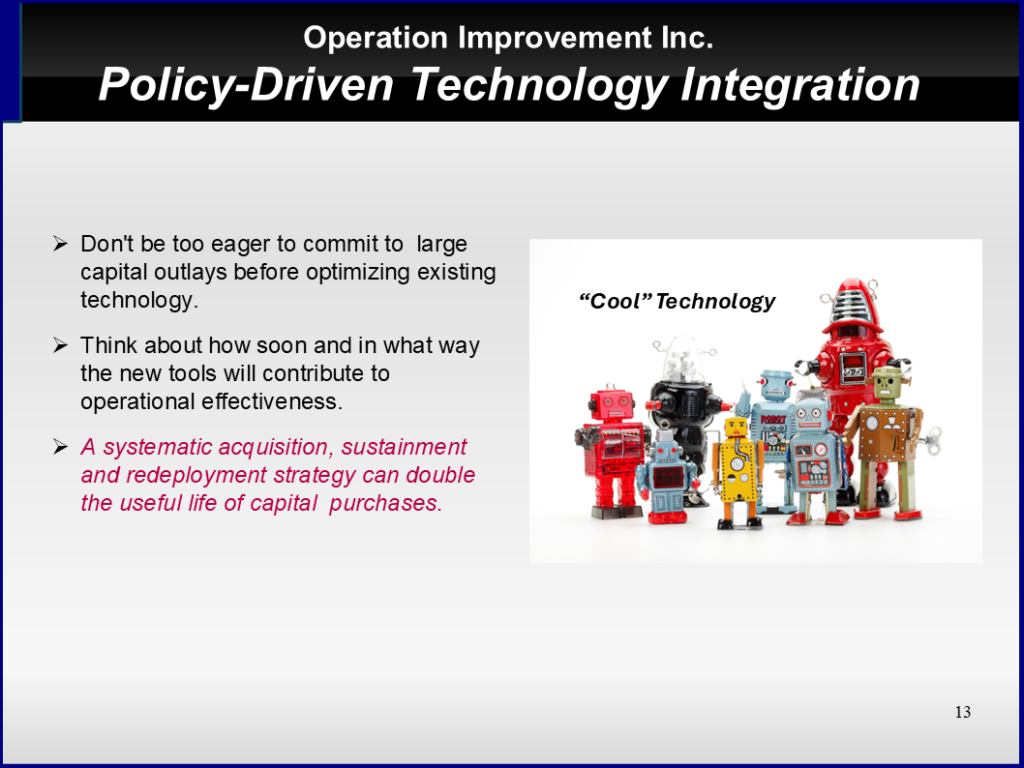
Software as a service is frequently offered with a “free tier” or “freemium” option for testers to evaluate the suitability for use. After that, typical billing is either per seat licensing or “pay per use”. While per-seat agreements are attractive for a fixed and predictable periodic expense, there are a few things to watch for.
1. Seat bundles. Licenses may be offered in bundles of 10, 25 or more.
2. Vendors that don’t publish hard price commitments often want to negotiate a contract commitment or upsell.
3. License renewals may not have a cap on price increases.
4. License management, making sure that every seat is filled, requires oversight.
5. Per seat licensing agreements may not easily scale up or down when demand for the service changes over time.
“Pay for use” services easily scale up or down. This reduces costs when need for the service declines, but the total cost over time may be harder to predict, harder to budget, and may wind up costing more than per seat licenses.
Run the numbers and model scenarios when comparing vendors with different payment models.
Final thought, always identify a primary vendor and a backup plan for cloud-based services. Know how you will route phones, emails, web traffic and where you will host servers just in case.
The largest vendors in the business will obsolete a service when it is no longer a part of their tech road map. (Microsoft SKYPE, Amazon Chime Business Calling, etc.)
The “Elon Musk” DOGE approach
The “Elon Musk” DOGE approach is relying on a couple of rapid improvement secrets that we have used for years.
Here’s a big one: Don’t trust the existing “as-is” reporting. Begin with independent, direct, read-only access to the source databases relevant to the scope of work.
Actionable information is frequently hidden in the roll-up of raw data to dashboard summaries. Be prepared to rebuild fresh management views of the operation.
We have often seen well-intended and wrong “KPIs/SLAs/MBOs” where better scores track with worse results. Incentivizing wrong behavior means that greater effort may result in better numbers on the scoreboard while simultaneously producing worse outcomes.
To get an improvement initiative started in manufacturing: start with raw process and product data, quality and warranty returns, production and scheduling, and process flows. Go out into the operation and observe/collect any missing data manually (sampling judiciously) if necessary.
To get started in a service business: tap directly into the historical and real-time phone and CRM databases and any resource systems agents and front-line workers use to support clients. Listen to calls in the call center.
Observe the “as-is” to see how past problems and workarounds have created less-than-optimum business processes. (There is always a reason that people do the things they do in an operation. Find both real and imagined reasons for why things “are the way they are”.)
Then, work with small teams of front-line workers, supervisors and managers. Start with a blank sheet – then build and test a new process to stream in when it’s ready to replace the legacy.
Ad-hoc teams formed from resources present in the existing operation have always kept our consulting footprint small. This approach generated enthusiasm for change and created a “base camp” in the organization to promote learning, teaching, sharing and improvement.
Organizing IT Work – Keeping Teams Focused
“Systems That Scale“
IT work can be generally organized as:
1) Process (Things we know how to do),
2) Development (We need to learn, research, experiment, try) and
3) Project work (We assemble #1 and #2 into something new.)
The management of these three requires different tools.
1) Tier I support should be organized as a process. Think and manage and staff using concepts of demand, capability and capacity. Integrate staff into the process with a “career path” approach that allows them to become productive quickly and then handle more complex support requests as they learn. Implement sustainment training. Well managed ticketing systems are the proper tool here.
2) Development work should be organized around small teams of 2-6 completely responsible for an objective or sub-objective. Use iterative project management (now called “agile” by many) – the simplest being a task board approach: A) TBD, B) Planned for this iteration, C) Done. Every big problem can be broken down into smaller ones.
(If you have never done this: each iteration is a relatively short and fixed block of calendar time. It is similar to the classic time management approach and the prioritized daily actions list, but the time window of each can be a day, a week, or more depending on the nature of the work. )
Choosing an appropriate interval to pause, assess, and plan the next iteration is probably the single most important skill in managing this type of work, keeping focus and making progress without falling into the “micromanaging” trap.
Avoid the illusion of control offered by “buzz word” and overly complex management tools. Keep review and tracking simple. Developers justifiably hate when the work management system is too bureaucratic. Don’t over-complicate this! Just judiciously use the best knowledge-base, version control, sharing and team building tools you have available today.
3) Major project work usually calls for Gantt Chart/Critical path resource assignment, baseline tracking, leveling, materials cost, Earned Value calculations, etc. Network, Infrastructure, facilities build-out, etc. are all examples of projects typically require waterfall project management.
You need a software tool that handles all these and advanced scheduling methods (ASAP, ALAP, Start and Finish dependencies Leads, Lags, etc.) Look at Project Plan 365 or Microsoft Project. Other popular “big name” tools are missing some of these features. Everyone needs to see the big picture. Not everyone needs to see every detail.

